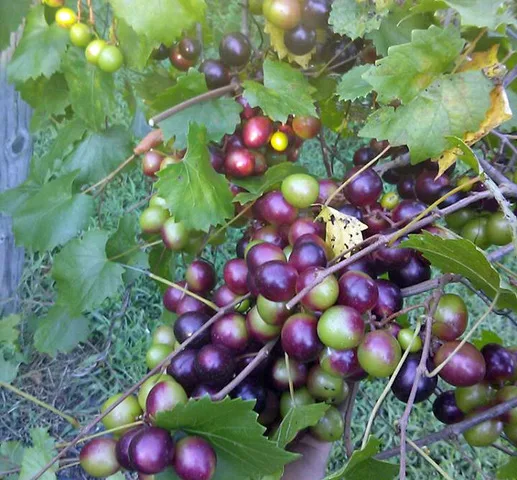Know Them, Grow Them, and Cherish Their Worldwide Legacy
July 20, 2023 @ 7:00 pm – 8:00 pm
Texas has more species of wild native grapes than any other state. As such, they have been around for over 10,000 years providing food and shelter for wildlife in many biomes around the state – riparian, prairie, forest, and desert. Later, native grapes provided sustenance for Native Americans and still later fruit and beverage for European settlers who longed for times in the old country when wine was a part of their everyday life. Texas’s native grapes were also destined to play a bigger role on a bigger stage in a viticultural world besieged by devastating diseases. This presentation will identify Texas’s major native grape species, their characteristics and distribution, helpful methods used to cultivate them in home gardens and vineyards, and the legacy of T.V. Munson, the ‘Grape Man of Texas’, fitting against Phylloxera and Pierce’s disease that continues to this day.

Photo Courtesy of Sawdust Willy

Photo Courtesy of growingfruit.org
About the Speaker

NPSOT-Houston member Dr. Russell Kane is an award-winning Texas writer/author/blogger with articles, tasting notes, and quotes that have appeared in local, regional, and national publications over the past 20 years. He has served as the executive director of the Wine Society of Texas, as a board member of the Texas Wine and Grape Growers Association (TWGGA), and a member of the Texas Department of Agriculture’s Wine Industry Development Advisory Committee. His blog VintageTexas.com is the longest running blog commentary and information resource on Texas grape growing and wine production. Dr. Kane is also a Texas Gulf Coast Master Naturalist and a member of the Greater Houston NLCP team organizing and presenting NPSOT’s Native Landscaping Certification Program.
Our monthly chapter meetings are held on every 3rd Thursday, January – November. Our meetings are free and open to the public thanks to our members and sponsors.
Join us in person at 7:00 pm! Come at 6:45 pm for a meet and greet with snacks.
Houston Arboretum and Nature Center
610 Entrance (preferred)
120 W Loop N Fwy
Houston, TX 77024
Woodway Entrance
4501 Woodway Drive
Houston, TX 77024
Meetings will also be live-streamed.
Return to Houston Chapter Page
Related Events
-
No Chapter Meeting
January 2, 2025 @ 6:30 pm





